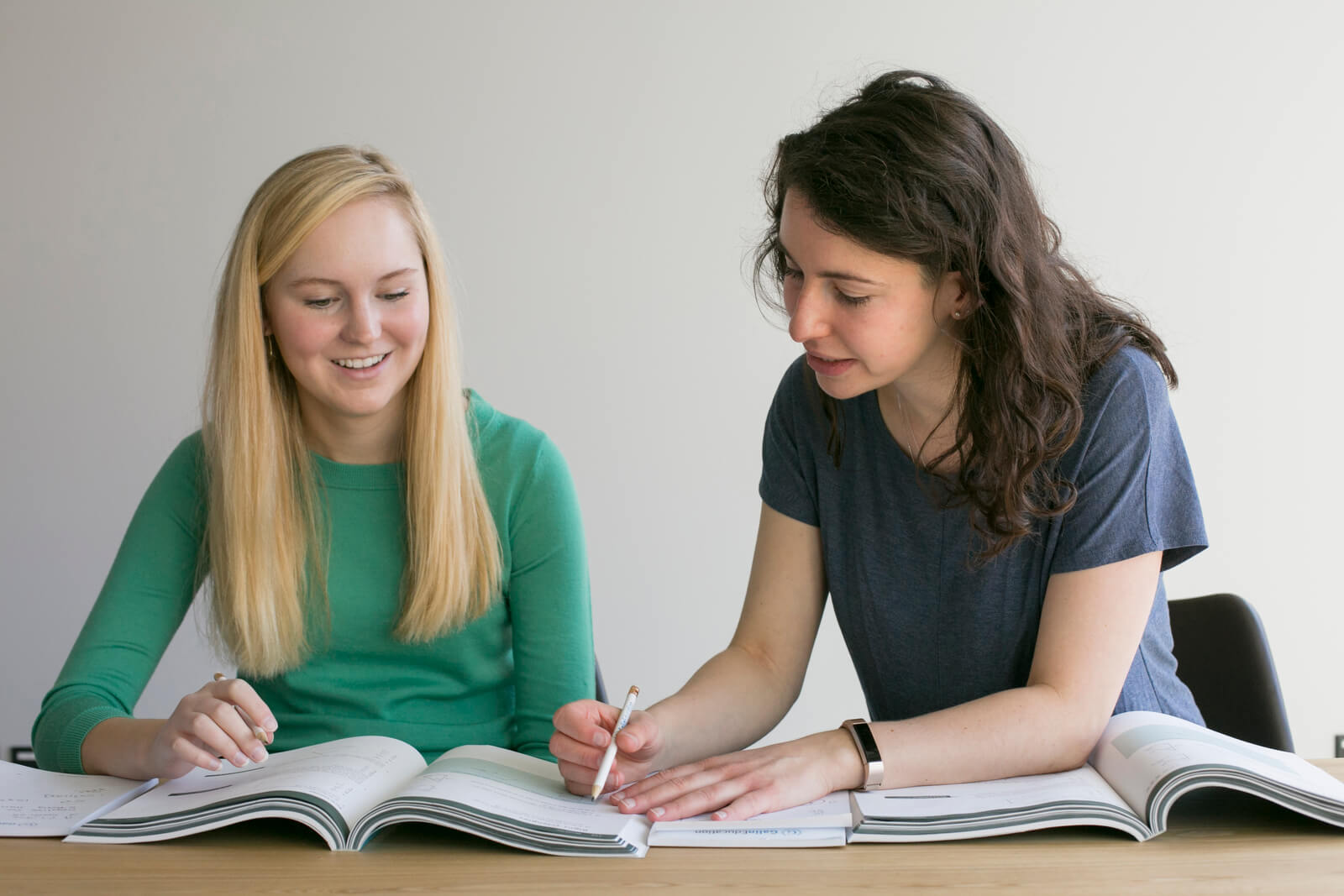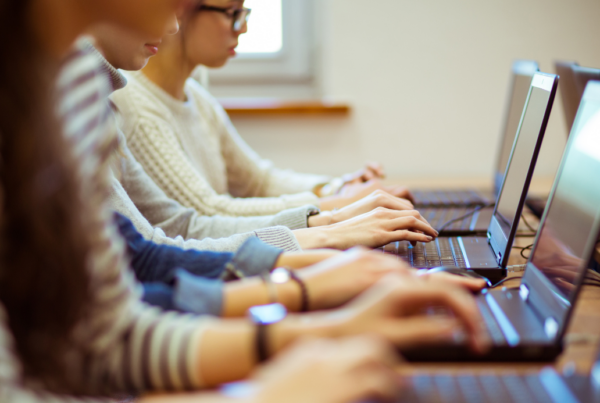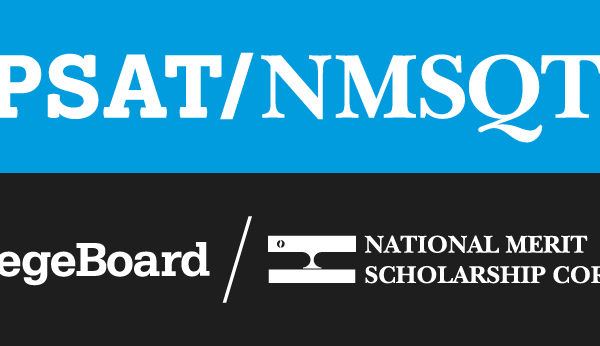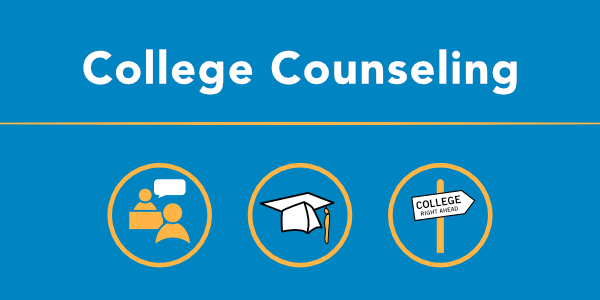I often say that the most simplified version of school is this: Go to school, be presented with new information, learn the information, and then prove that you have learned it. The main idea here is that school is learning – but our schools don’t explicitly teach students how to learn. Nor do they teach students how to study! With their extra time during summer, now is a good time for students to think about best practices to make the next school year successful. Here are three study tips that really work!
Quizzing is King. The No. 1 mistake students often make is re-reading. “I’m just going to re-read my notes, my textbook, my study guide, etc.” is something I hear many students say. Re-reading is not an effective learning strategy. In fact, it’s one of the least effective.
Students will retain information better when they force themselves to use retrieval. In other words, they need to quiz themselves. All studying should be based around questions. There are dozens of ways to do this: flashcards, creating study guides, re-answering questions, creating tables, timelines – anything that requires students to recall information and provide answers.
Spaced Repetition Learning. We learn better when we space out our learning. Studying for three hours on a Thursday night for a Friday test will not be as effective as studying for one hour, three separate times during the week. Students should strive to start incorporating spaced repetition learning into their routine.
It can be difficult for students to use this strategy. It’s challenging to get work done when there is no reward, grade, or direct reinforcement tied to their work. By starting small, they can start to build this habit. One realistic way to do this is to add a five-minute flashcard round once per week.
Making Connections. Learning is strengthened when we make connections. Students often find this counterintuitive. “You mean to learn this concept, I should actually think of a second thing? Isn’t that more information to learn?” is something that I often hear. But connecting new information to previous information gives students better access to the new information they are trying to store in their long-term memory. Common ways to make connections are using visuals and using examples.
These are small, and often ignored, strategies that can make a big difference in students grades, test scores, and self-esteem and confidence.
When students incorporate these simple but often-ignored strategies into their studying, it can make a big difference in their grades and test scores, as well as boosting self-esteem and confidence.




